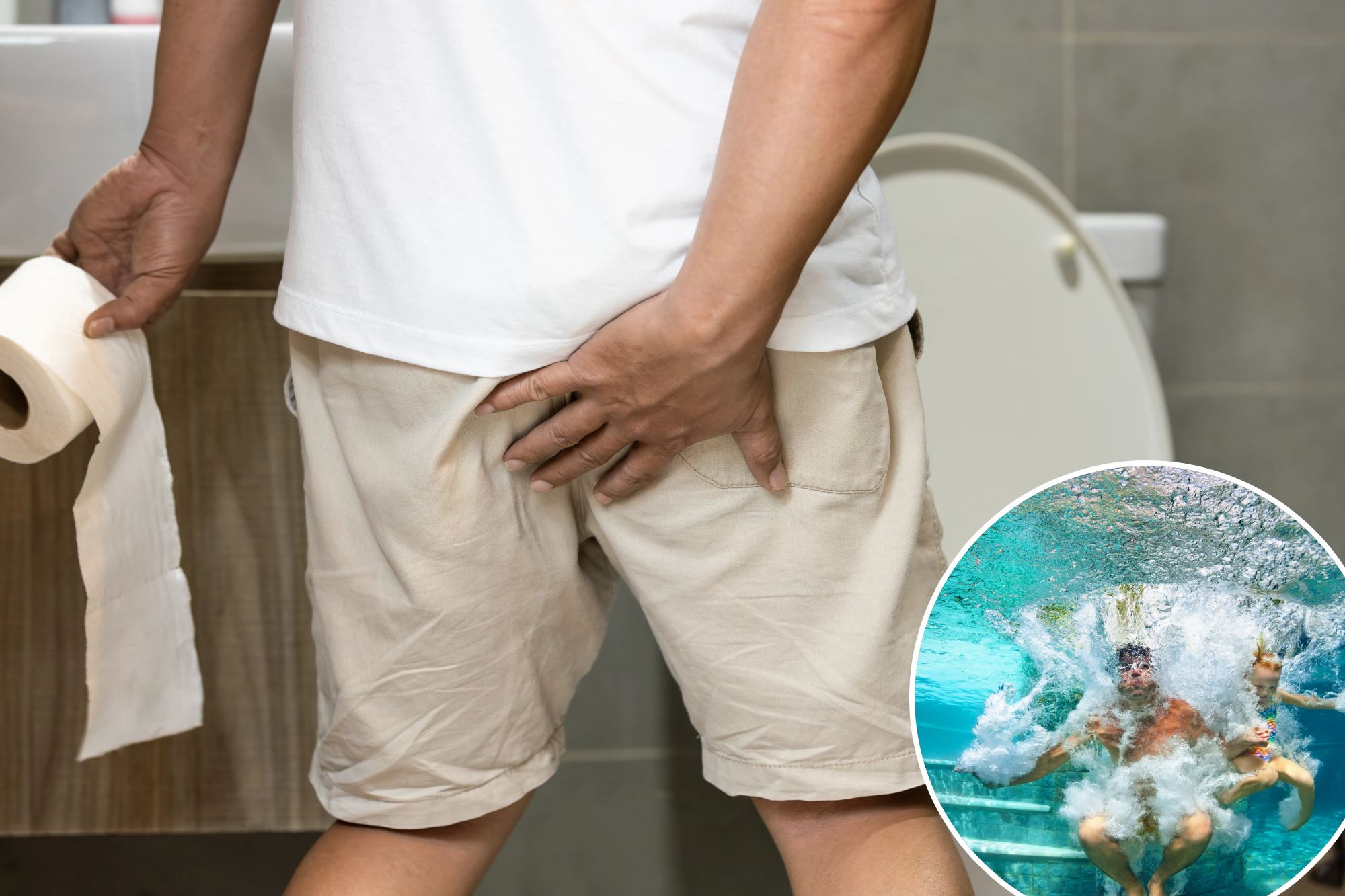Health
Pool Risks: Germs Survive Chlorine, Threatening Swimmers’ Health

Public swimming pools, often seen as summer havens, may harbor a range of harmful germs that can pose serious health risks to swimmers. A recent analysis reveals that certain pathogens can survive in chlorine-treated water for extended periods, including a parasite that causes watery diarrhea and has been linked to numerous outbreaks across the United States.
Chlorine is widely recognized for its disinfectant properties, but its effectiveness is not instantaneous. Many germs can persist in treated water for minutes or even days, potentially transforming an enjoyable swim into a health hazard. According to the Centers for Disease Control and Prevention (CDC), outbreaks of waterborne illnesses associated with pools and recreational venues are on the rise, especially those caused by Cryptosporidium, a resilient parasite capable of surviving up to 10 days in chlorinated water.
The Hidden Dangers of Pool Water
Despite its inviting appearance, the water in public pools may not be as clean as it seems. Each time a swimmer enters the water, they can contribute to contamination by introducing various substances, including bodily fluids and germs. The CDC estimates that the average swimmer can bring in sweat, urine, and fecal matter, which, when mixed with chlorine, forms chloramines. This byproduct can irritate the eyes and respiratory system, creating the strong “pool smell” often misleadingly associated with cleanliness.
Dr. Lisa Cuchara, an immunologist and infectious disease specialist, emphasizes the myth surrounding chlorine’s smell. She states, “A strong chlorine smell is a red flag that means the opposite — that the water is contaminated and should perhaps be avoided.”
Most illnesses linked to pools occur when swimmers accidentally swallow contaminated water or come into contact with it. While chlorine can eliminate many germs, some prove more resilient. For instance, Hepatitis A can survive in chlorinated pools for approximately 16 minutes. This virus often enters water through fecal contamination, especially if individuals do not wash their hands after using the restroom.
Identifying the Most Common Pathogens
Another significant threat is Giardia, a parasite that can enter pools during accidents or inadequate rinsing. Chlorine can take over 45 minutes to effectively kill Giardia, and just a small amount of contaminated water can lead to severe gastrointestinal symptoms.
Yet, the most notorious of these pathogens is Cryptosporidium. This microscopic germ, equipped with a tough outer shell, can endure chlorinated environments for prolonged periods. According to the CDC, between 2009 and 2017, there were nearly 450 outbreaks across 40 states and Puerto Rico, resulting in over 7,400 illnesses. Outbreaks increased by 13% annually, primarily due to swimmers ingesting contaminated water. “Swallowing just a mouthful of water with crypto in it can make otherwise healthy kids and adults sick for weeks,” warns Dr. Michele Hlavsa, chief of the CDC’s Healthy Swimming Program.
Other concerning pathogens such as Shigella, Norovirus, and various bacteria like Legionella and Pseudomonas, can also survive in chlorinated water. Legionella can cause severe pneumonia, while Pseudomonas is notorious for skin rashes and ear infections. Furthermore, fungal spores thrive in damp areas like pool decks and locker rooms, contributing to infections such as athlete’s foot.
Despite these alarming findings, there are measures swimmers can take to minimize health risks. For instance, in New York City, public pools were closed 203 times last year due to contamination, illustrating the prevalence of hygiene issues. In one instance, twelve pools were shut down in a single day due to fecal contamination. A national survey indicated that over half of adults admitted to urinating in pools, further exacerbating the problem.
To ensure a safer swimming experience, authorities and health experts urge swimmers to practice good hygiene, such as showering before entering the pool and refraining from swimming when ill. By taking these precautions, swimmers can help protect their health and enjoy the summer swimming season more safely.
-

 Technology5 months ago
Technology5 months agoDiscover the Top 10 Calorie Counting Apps of 2025
-

 Technology3 weeks ago
Technology3 weeks agoOpenAI to Implement Age Verification for ChatGPT by December 2025
-

 Health3 months ago
Health3 months agoBella Hadid Shares Health Update After Treatment for Lyme Disease
-

 Health4 months ago
Health4 months agoAnalysts Project Stronger Growth for Apple’s iPhone 17 Lineup
-

 Health4 months ago
Health4 months agoErin Bates Shares Recovery Update Following Sepsis Complications
-

 Technology5 months ago
Technology5 months agoDiscover How to Reverse Image Search Using ChatGPT Effortlessly
-

 Technology3 months ago
Technology3 months agoElectric Moto Influencer Surronster Arrested in Tijuana
-

 Technology5 months ago
Technology5 months agoMeta Initiates $60B AI Data Center Expansion, Starting in Ohio
-

 Technology2 months ago
Technology2 months agoDiscover 2025’s Top GPUs for Exceptional 4K Gaming Performance
-

 Technology5 months ago
Technology5 months agoRecovering a Suspended TikTok Account: A Step-by-Step Guide
-

 Health5 months ago
Health5 months agoTested: Rab Firewall Mountain Jacket Survives Harsh Conditions
-

 Lifestyle5 months ago
Lifestyle5 months agoBelton Family Reunites After Daughter Survives Hill Country Floods




















